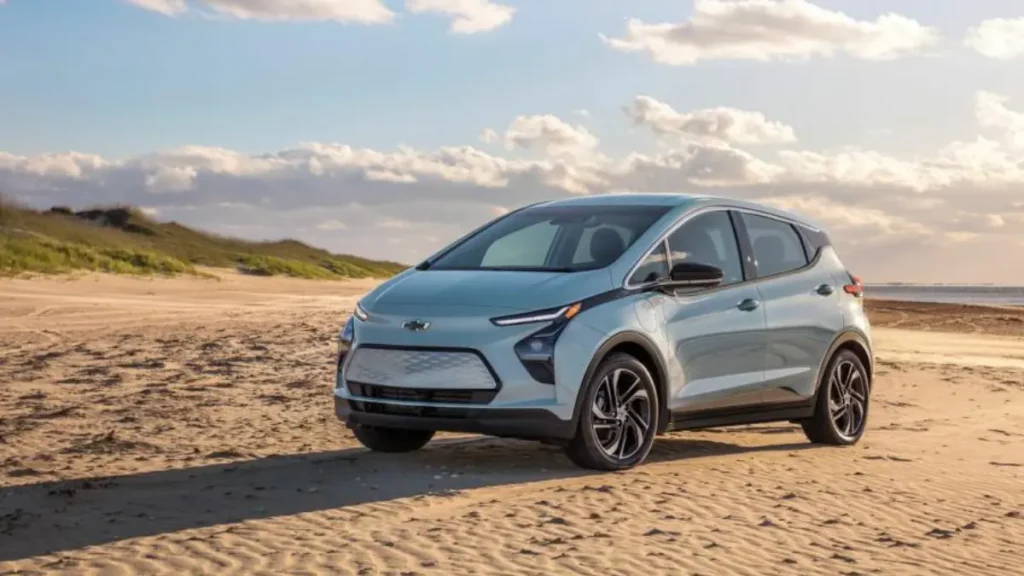The electric vehicle (EV) industry is rapidly evolving, driven by advancements in technology and growing consumer demand for sustainable transportation. As automakers push the boundaries of innovation, several cutting-edge technologies are reshaping the future of electric cars.
This article explores the latest innovations in electric car technology, highlighting key developments that are setting new standards for performance, efficiency, and convenience.
Advanced Battery Technologies
Solid-State Batteries
One of the most significant advancements in electric car technology is the development of solid-state batteries. Unlike traditional lithium-ion batteries, which use a liquid electrolyte, solid-state batteries employ a solid electrolyte. This innovation promises higher energy density, improved safety, and faster charging times. Solid-state batteries have the potential to significantly increase the range of electric vehicles and reduce the risk of battery fires.
Battery Management Systems
Modern electric cars are equipped with sophisticated battery management systems (BMS) that optimize the performance and longevity of the battery pack. These systems monitor various parameters, such as temperature, voltage, and charge level, to ensure the battery operates efficiently and safely. Advanced BMS technologies also enable better energy regeneration during braking and more precise control of charging and discharging cycles.
Enhanced Charging Solutions
Ultra-Fast Charging
Ultra-fast charging technology is revolutionizing the way electric vehicles are recharged. These charging stations can deliver up to 350 kW of power, allowing EVs to gain significant charge in a matter of minutes. This innovation addresses one of the main concerns associated with electric vehicles—charging time—making long-distance travel more practical and convenient.
Wireless Charging
Wireless or inductive charging technology is another exciting development in the EV sector. This technology allows electric vehicles to charge without needing to plug in. By using electromagnetic fields, wireless charging pads can transfer energy to the vehicle’s battery while it is parked. This innovation simplifies the charging process and could lead to the integration of charging capabilities into everyday infrastructure, such as parking spaces and roadways.
Improved Powertrain Technologies
Dual-Motor and All-Wheel Drive Systems
Many modern electric vehicles feature dual-motor and all-wheel drive (AWD) systems, which enhance performance and handling. Dual-motor setups use one motor for each axle, providing better traction and stability, especially in adverse weather conditions. This technology also enables improved acceleration and more responsive driving dynamics, making electric cars more competitive with traditional internal combustion engine vehicles.
Advanced Regenerative Braking
Regenerative braking systems capture and convert the energy typically lost during braking back into electrical energy, which is then stored in the battery. Recent innovations in regenerative braking technology have improved efficiency and control. Advanced systems allow drivers to adjust the level of regenerative braking, providing a more customized driving experience and further extending the vehicle’s range.
Next-Generation Driver Assistance Systems
Autonomous Driving Technology
Autonomous driving technology is making significant strides, with many electric vehicles now equipped with advanced driver assistance systems (ADAS) that pave the way for full self-driving capabilities. These systems use a combination of sensors, cameras, and artificial intelligence (AI) to enable features such as adaptive cruise control, lane-keeping assistance, and automatic parking. As technology progresses, we can expect more sophisticated autonomous driving solutions that enhance safety and convenience.
Over-the-Air Updates
Over-the-air (OTA) updates have become a standard feature in many modern electric vehicles. This technology allows manufacturers to remotely update the vehicle’s software, adding new features, improving performance, and addressing potential issues without requiring a visit to a dealership. OTA updates ensure that electric vehicles remain up-to-date with the latest advancements and enhancements, providing a seamless user experience.
Innovative Vehicle Designs
Aerodynamic Enhancements
Aerodynamics play a crucial role in the efficiency and range of electric vehicles. Recent innovations in vehicle design focus on reducing drag and improving airflow to enhance performance and extend range. Manufacturers are using advanced materials and computer simulations to optimize the aerodynamic profile of electric cars, resulting in more efficient and streamlined designs.
Lightweight Materials
The use of lightweight materials, such as carbon fiber and advanced composites, is becoming increasingly common in electric vehicle design. Reducing the vehicle’s weight helps improve efficiency, range, and handling. Lightweight materials also contribute to better acceleration and overall performance, making electric cars more competitive with traditional vehicles.
Sustainable Manufacturing Practices
Recycling and Reuse
As the demand for electric vehicles grows, so does the focus on sustainable manufacturing practices. Innovations in recycling and reuse of materials, particularly batteries, are becoming more prevalent. Companies are developing processes to recycle lithium-ion batteries and repurpose materials, reducing the environmental impact of battery production and disposal.
Green Manufacturing Techniques
Green manufacturing techniques are also gaining traction in the electric vehicle industry. Manufacturers are adopting energy-efficient production methods, reducing waste, and using renewable energy sources in their facilities. These practices not only contribute to the sustainability of electric vehicles but also align with the broader goals of reducing the overall carbon footprint of the automotive industry.
Future Trends
Vehicle-to-Grid Technology
Vehicle-to-grid (V2G) technology is an emerging trend that allows electric vehicles to not only draw power from the grid but also supply power back to it. This bidirectional energy flow can help stabilize the grid during peak demand periods and provide additional revenue streams for EV owners. V2G technology has the potential to transform electric vehicles into valuable assets for energy management.
Integration with Smart Cities
As smart cities become more prevalent, electric vehicles are expected to play a central role in their development. Integration with smart city infrastructure can enhance traffic management, optimize energy usage, and improve overall urban mobility. Innovations in connectivity and data exchange will enable electric vehicles to interact with their environment, contributing to more efficient and sustainable city living.
Conclusion
The latest innovations in electric car technology are shaping the future of transportation, making electric vehicles more efficient, convenient, and accessible than ever before. Advances in battery technology, charging solutions, powertrain systems, and autonomous driving capabilities are pushing the boundaries of what is possible with electric cars. As these technologies continue to evolve, they will drive further improvements in performance and sustainability, making electric vehicles an increasingly attractive option for consumers worldwide.




